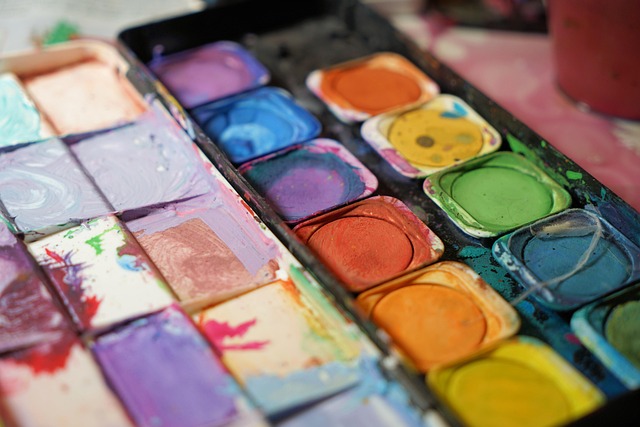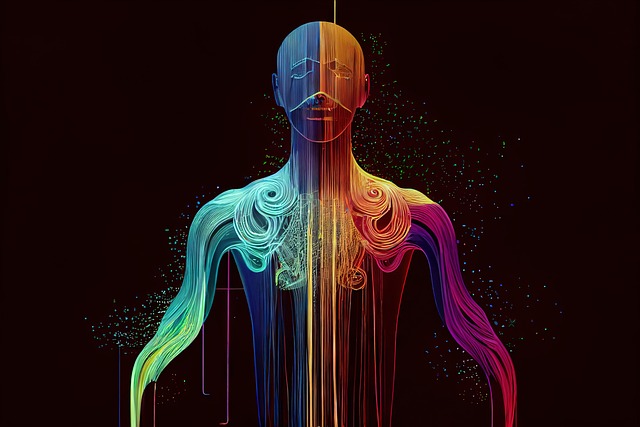In the vibrant world of graphics, color modulation serves as a fundamental pillar that bridges the gap between art and design. It’s a skill that transcends mere aesthetics, inviting both the creator and the viewer into a rich tapestry of emotions and meanings.
Color modulation is not just about choosing a palette; it’s about crafting a visual story. When artists and designers manipulate colors, they are weaving feelings of joy, serenity, intrigue, or even tension. Each hue, shade, and tone becomes a brushstroke on the canvas of design, where the modulation of color can evoke profound responses from the audience. A bright, vibrant red can ignite passion, while soft blues might instill a sense of calm—this is the power of color in design.
In the realm of ultra-modern graphic design, understanding the science behind color modulation is just as essential as embracing its artistic aspects. The psychological effects of color are well-documented; they can influence moods, drive decisions, and lead to subconscious associations. Designers who master color modulation can develop branding materials that resonate deeply with their target audience, forging a connection that goes beyond visuals alone.
To truly master color modulation, one must embrace experimentation. The beauty of graphic design lies in its fluidity and ability to innovate. Designers should feel empowered to play with various combinations, embracing unexpected blends and contrasts. This adventurous spirit can lead to unique designs that push traditional boundaries, inviting fresh perspectives on familiar subjects.
Moreover, the collaboration between technology and art allows designers to utilize sophisticated tools that enhance their color modulation capabilities. Software programs today offer features like color wheels and blending modes, empowering creators to visualize their ideas instantly. Yet, while technology enriches the design process, the core of color modulation remains an artistic endeavor—a dance of choices that reflect the creator’s intent and the audience’s response.
As you delve deeper into the art of color modulation, consider how your choices influence not just the design but the emotional landscape it creates. Graphic design is an opportunity to communicate ideas, express creativity, and evoke emotions—all through the thoughtful modulation of color. Embrace this journey as a canvas, where your unique vision brings life to the myriad of emotions that color can create.




